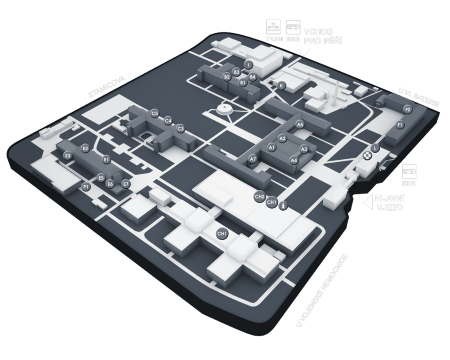The most common technuique of venous access by introducing a catheter into a peripheral vein for the purpose of administering drugs, infusions or blood derivatives, or taking blood samples from the patient.
Theoretically, it is possible to cannulate any accessible vein, however we prefer places best accessible and suitable for nursing care.
We prefer veins of the upper limbs-the back of the hand, the forearm, the antecubital fossa. Alternatively, the veins of the neck (external jugular vein), the lower limbs (instep or medial side of the ankle), and in very small children veins on the head can be used.
Equipment:
Intravenous cannula of required diameter, tourniquet, disinfectant, gloves, sterile dressing.
Procedure:
After choosing an appropriate site (we cannulate a predominantly non-dominant limb or non-paretic limb), tourniquet placement and skin disinfection at the injection site, we insert the catheter - most often using the "over needle" technique.
- minimal invasiveness
- relatively simple approach
- not suitable for hyperosmolar drugs (parenteral nutrition), drugs with pH below 5 or above 9, vasoactive substances (catecholamines)
- short-term access (usually safe to use for one week max.)



